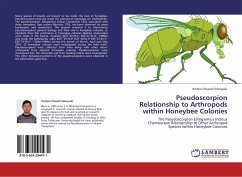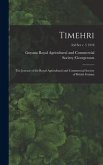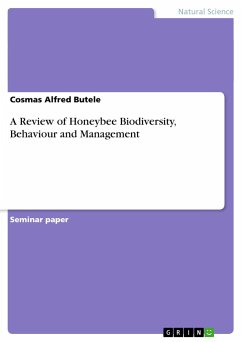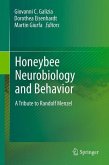Honeybee colonies have been used in the advantage of humans as it used in royal jelly, honey, wax, bee venom and propolis production, besides being very important as pollinator agents. Royal jelly is one of the most valued products of honeybee colonies and is produced by 6-12 days old honeybee workers called nurse bees. Humans have used Royal Jelly for a long time for it's benefits as it's believed that it stimulate the immune system, strengthens the body and it's a good assistant cure for many diseases such as leukemia, cancer, high blood pressure, high cholesterol, and infertility in males and females. As results of the increasing interest of Royal Jelly in human health, the numbers of reports in the area of authentication and quality control have increased within the past few years. Methods have been developed to characterize the quality of Royal Jelly by determination of general parameters as the main way to definite the quality of it is the chemical analysis of its content specially the percentages of amino acids and 10 HDA.








